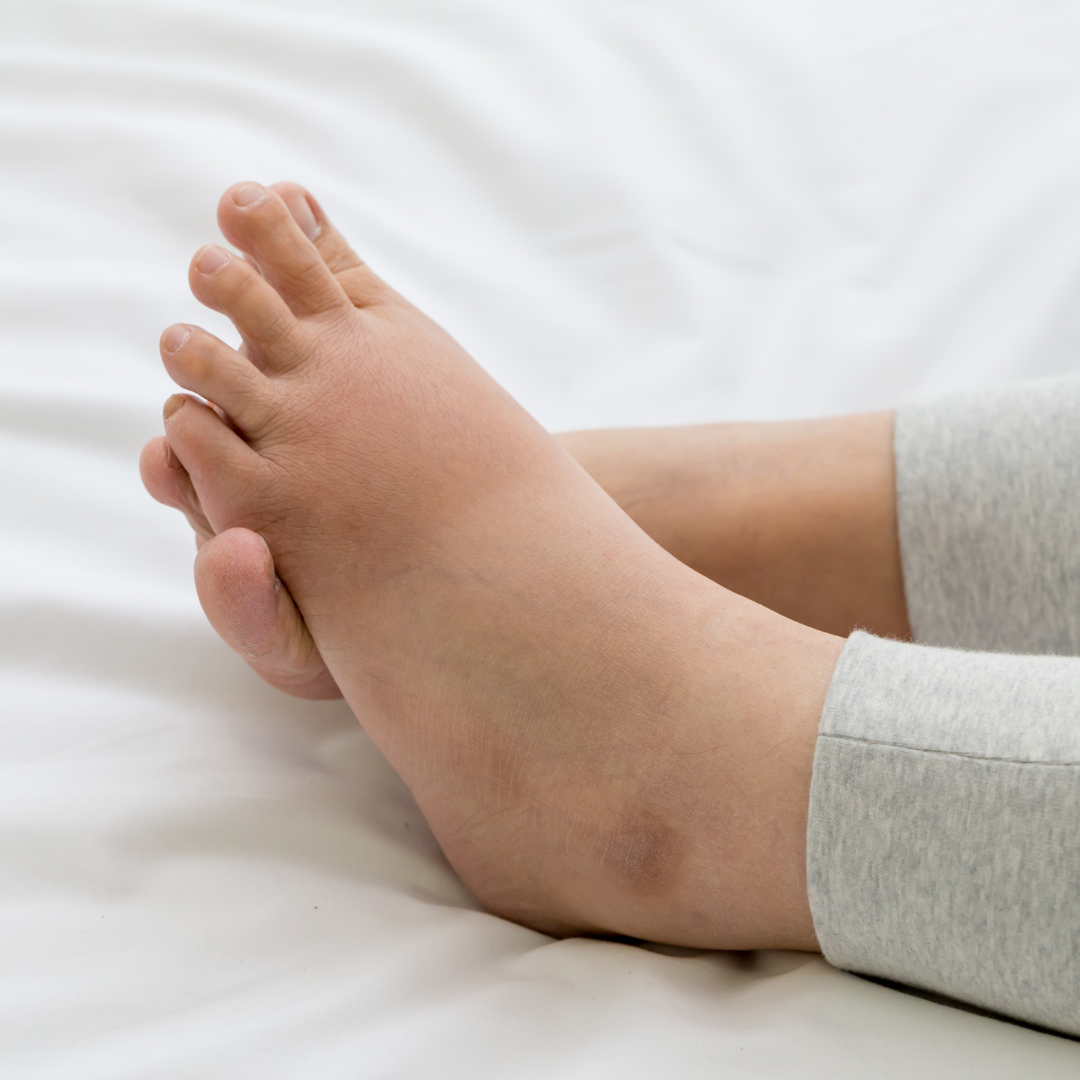
It’s almost officially summer, and with summer heat comes many potential foot problems. Sweaty feet from outdoor activities can result in several common foot issues that cause discomfort and pain. Today Dr. Eric Ricefield, Dr. Mark Yagodich, and Dr. Aliza V. Eisen of greater Philadelphia’s Your Next Step Foot and Ankle Care Center are looking at four of summer’s most common foot problems and how to treat and prevent them.
- Hotspots: Often felt during an activity like running, cycling, or walking, hotspots create a “hot” feeling on our feet. And because they are the first sign that pressure or friction is damaging your feet, they shouldn’t be ignored!
Hotspots can typically be avoided by making sure that you have the right insoles for arch support and that your shoes fit properly. Wearing moisture-wicking socks can also help keep your feet dry to prevent the chafing that causes hotspots.
- Swelling: The intense summer heat makes the small blood vessels in our feet swell. This is our body’s natural way of cooling itself off, but it can lead to issues. If your feet become swollen, your shoes will fit differently, which can lead to blisters and hotspots.
Elevating your feet and avoiding the heat is often the easiest way to decrease swelling. Compression stockings can also help alleviate swelling in people with decreased circulation.
- Toe and Foot Fungus: Our feet are sweaty and hot in the summer, so we’re more likely to go barefoot. Fungus grows best in a warm, damp environment, and because many types of foot fungus are contagious, making feet particularly susceptible to fungal infections.
Damaged, discolored toenails are one sign of toenail fungus. Your podiatrist can identify the type of toenail fungus you have, advise any medications that are needed, and will determine if a procedure is necessary.
Athlete’s foot is another common foot issue caused by fungus, which causes dryness and itching. While there are very effective OTC medicines to treat this condition, stronger treatments are available from your podiatrist.
- Blisters: Blisters typically form when the skin on our feet is subjected to friction. During the summer months, we’re more likely to have hot, swollen, and sweaty feet, which is perfect for blisters. The best way to avoid them is to wear properly fitting shoes and suitable socks and to address hotspots before they can become blisters.
If your blisters, fungal infection, or swelling don’t improve after a week or two, contact the offices of greater Philadelphia’s Your Next Step Foot and Ankle Care Center for further diagnosis and treatment. Click here to locate the office nearest you and schedule an appointment today.
